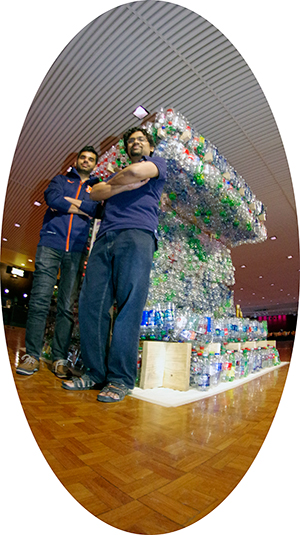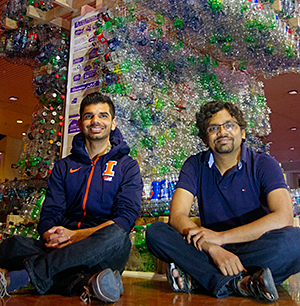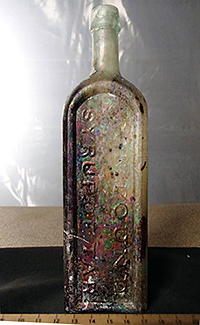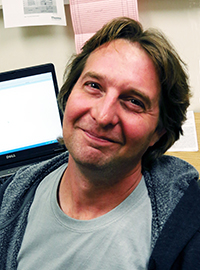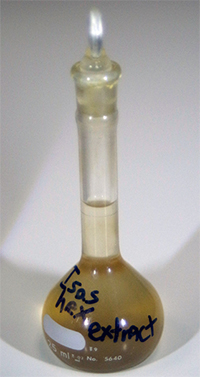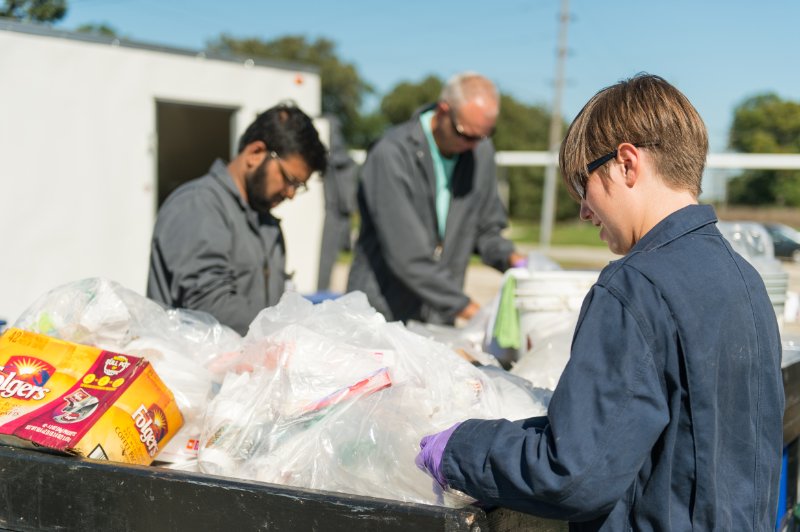This post originally appeared on the Sustainable Electronics Initiative (SEI) Blog.
The Illini Gadget Garage, a collaborative repair center for student and staff owned electronic devices, will be closing its physical location (INHS Storage Building 3) for the summer on Monday, July 11, to allow for renovations associated with making the site compliant with ADA requirements. Renovations should be complete prior to the beginning of the Fall 2016 semester, and there will be a grand opening of the site at that time. Be sure to check the new Illini Gadget Garage web site, as well as its Twitter and Facebook accounts for details of the grand opening later in the summer.
We appreciate the ‘test pilots” who have come in this summer to work with us on their devices! To continue to serve the campus community during the renovation process, we will host pop-up clinics at various locations until the physical location is open for the public. Pop-up clinics will continue, even after the physical location is open, to make it more convenient for the campus community to practice sustainability through electronic product stewardship.
Two pop-up clinics are scheduled at the Illinois Sustainable Technology Center (ISTC; 1 Hazelwood Drive in Champaign), in the Stephen J. Warner Conference room:
- Monday, July 11, from noon to 5 pm
- Monday, July 18, from noon to 5 pm (Note: a Sustainable Electronics Campus Consortium meeting will occur in the conference room from 1:30-2:30 PM; feel free to come early or stay after the meeting to work on your devices!)
If you plan to come to either of these clinics, we suggest you fill out our online diagnostic form ahead of time. This will allow volunteers to do some preliminary research on the problem you’re facing, and make use of your one-on-one time more efficient.
If your department, residence hall, or student organization would like to host a pop-up repair clinic, please fill out the “Host a Pop-Up Clinic” form to express your interest. We’ll be in touch to work out the details.
Students, faculty, and staff with any degree of technical skill–including none whatsoever–are invited to sign up as Illini Gadget Garage volunteers. We want to empower everyone to feel comfortable with the idea of troubleshooting and repairing the electronics they own, to keep them in service longer and thus, out of the waste stream. Even if you’ve never fixed anything before, you can be part of our process of coming together to solve problems. We also could use help with marketing, social media, arranging pop-up clinics, developing educational programs, and other tasks, so if this project intrigues you, come be part of it! Stop by one of the pop-up clinics, or fill out our contact form and we’ll be in touch.




